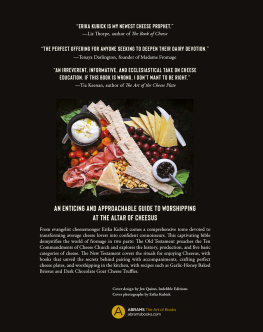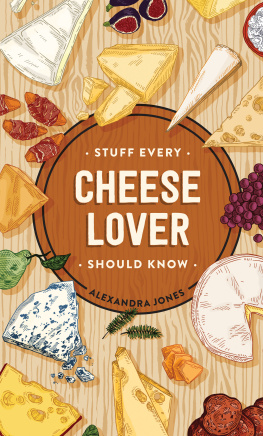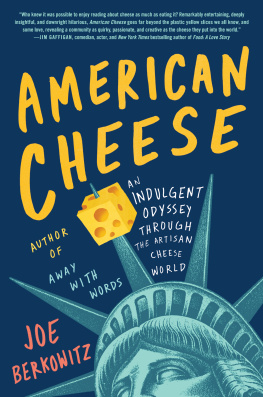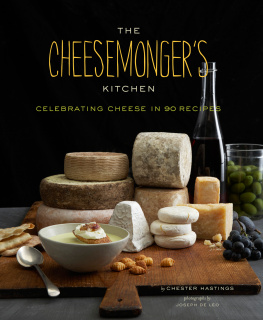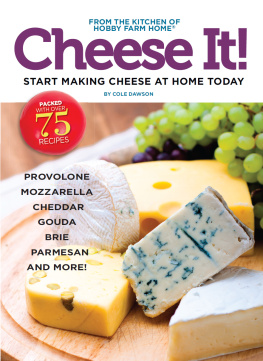Contents
Landmarks
Page List
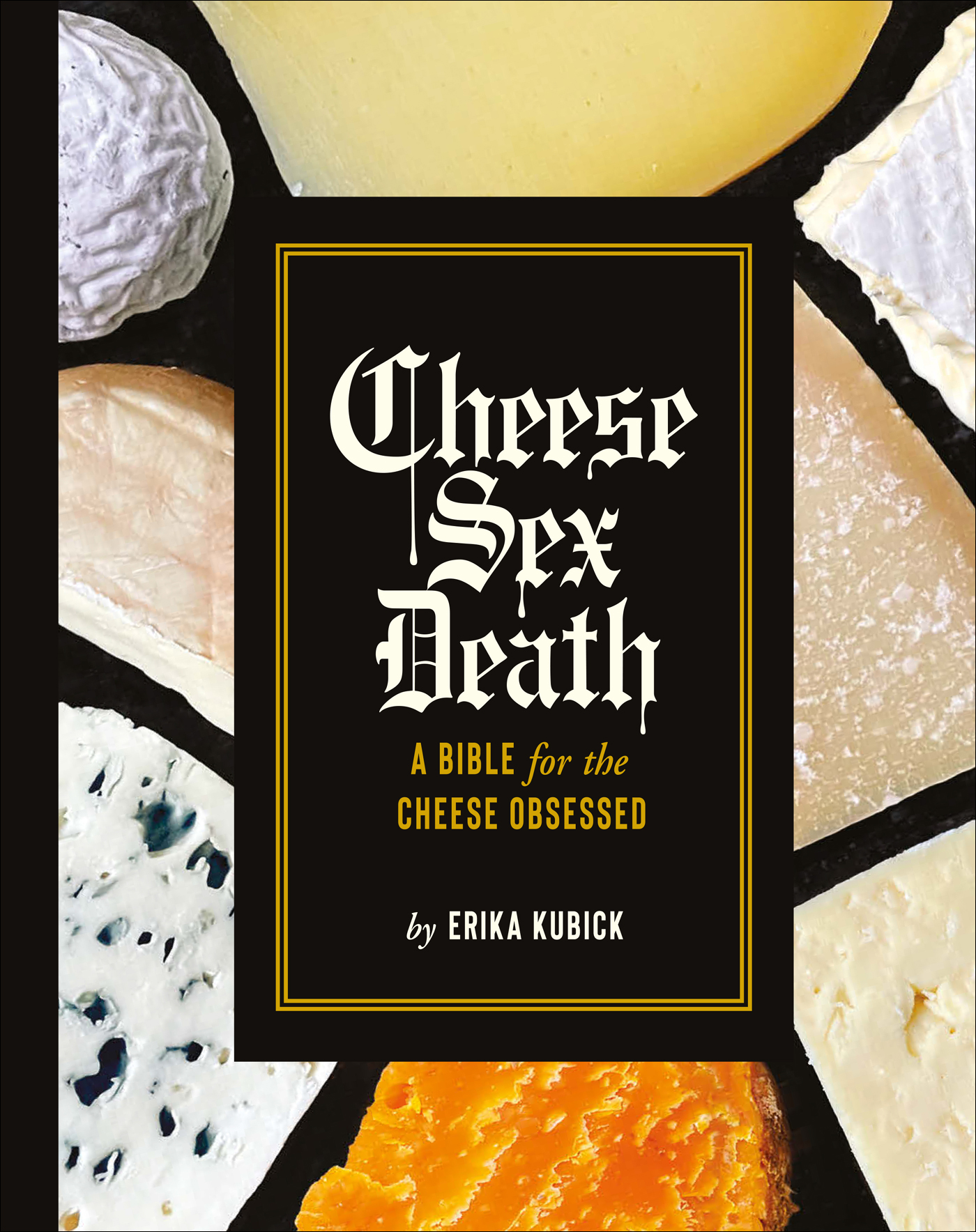
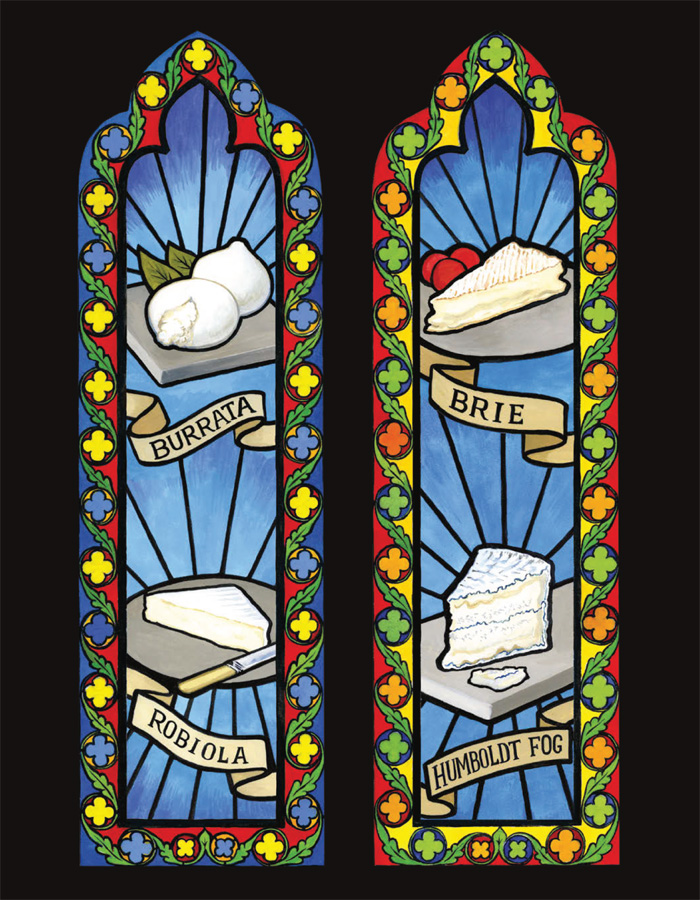
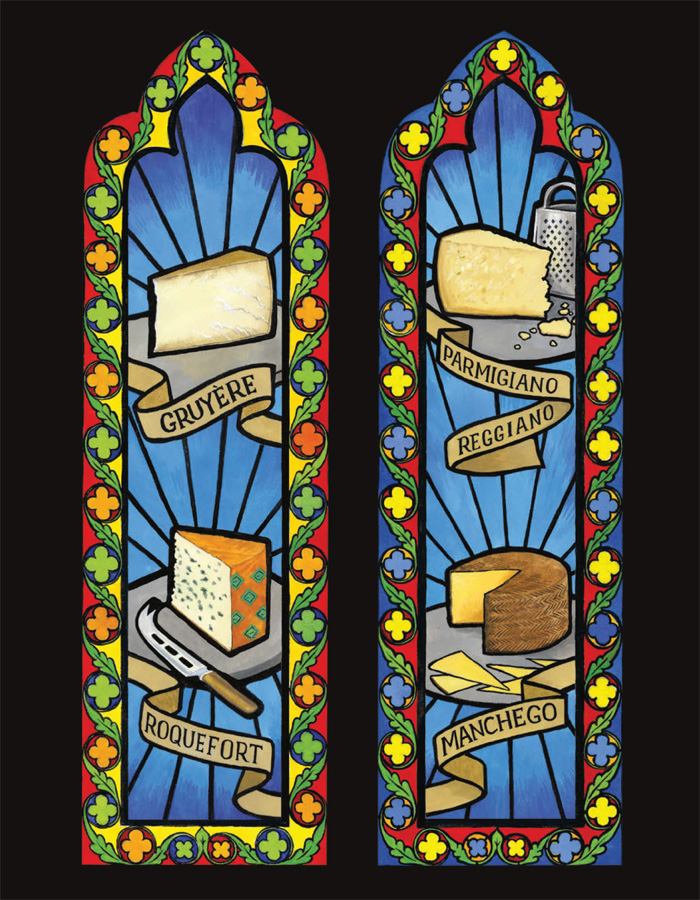



Editor: Laura Dozier
Managing Editor: Glenn Ramirez
Design Manager: Heesang Lee
Production Manager: Larry Pekarek
Book design by Jen Quinn, Indelible Editions
Library of Congress Control Number: 2021932488
ISBN: 978-1-4197-5354-1
eISBN: 978-1-64700-467-5
Text and photographs 2021 Erika Kubick unless otherwise noted on
Cover 2021 Abrams
Cheese Sex Death is a registered trademark of Erika Kubick
Produced by

Published in 2021 by Abrams, an imprint of ABRAMS. All rights reserved.
No portion of this book may be reproduced, stored in a retrieval system, or transmitted in any form or by any means, mechanical, electronic, photocopying, recording, or otherwise, without written permission from the publisher.
Abrams books are available at special discounts when purchased in quantity for premiums and promotions as well as fundraising or educational use.
Special editions can also be created to specification. For details, contact specialsales@abramsbooks.com or the address below.
Abrams is a registered trademark of Harry N. Abrams, Inc.

ABRAMS The Art of Books
195 Broadway, New York, NY 10007
abramsbooks.com
For all cheese sluts, everywhere.

Contents
Introduction
The number-one question people ask me is, Why cheese? Of all the possible passions one could pursue, why did I devote myself to evangelizing what is essentially solidified milk in a state of controlled decay? Its a valid question. Obviously, its delicious, which was what seduced me in the first place. But this fermented dairy product is so much more than just food.
Cheese is no less than a miracle. Its the extraordinary meeting of two worlds: human and natural. It has the power to ground us in a connection to Mother Nature, the people who create blessings from Her gifts, and the history of civilization. There is something inextricably spiritual about cheese, and fermented foods in general.


A ripe wheel of Harbison from Jasper Hill Farm in Vermont
Fermentation itself is a mysterious phenomenon wherein microbes transform a food through decay. This metamorphosis not only preserves sustenance, it breathes new life into a decomposing product, creating a reservoir of nutrients and flavors. Its resurrection through delicious rotan acquired taste that is specific to the individual cultures that have historically relied on these fermented foods.
The first coming of Cheesus occurred roughly eight thousand years ago, though scholars argue about the exact time and place. What we do know is that for this first generation of dairy disciples, fermentation was the messiah. The process of converting liquid milk into solid cheese solved two problems. First, it created a durable product out of perishable milk, saving precious nutrients for storage through winter and famine. Second, it did away with the troublesome effects of lactose on digestion by converting it into lactic acid. Thus, by way of Cheesus, the gift of fermentation resurrected the life-giving nutrition within milk.
Cheese is the product of faith, nature, and nurture. In its raw state, milk is blessed with colonies of living microbes from the land, animals, and humans that it encounters along its journey. These microbes begin the act of fermentation, and the milk miraculously shape-shifts from liquid to solid. The young cheese is then entombed in a cool, humid cave, where it matures and transforms again as the microbes break down fats and proteins to unlock flavors and create tantalizing textures like gooey creamlines and crunchy crystals. This metamorphosis results not only from the guidance of the human hand, but also from other more mysterious forces that scientists today still dont fully understand.
Before we knew some of the scientific explanations, people resorted to folklore to explain this transformation. Throughout history, the divine qualities of cheese did not go unnoticed by the people who made it. Starting as far back as ancient Sumer, cheese has frequently been used in religious ceremonies as a bloodless sacrifice to the gods. Early cults of Christianity replaced bread with cheese for the Eucharist. Shepherds in the Basque Country treated young wheels of cheese with nurturing rituals similar to those bestowed upon their infant children. The miracle of cheese-making has been attributed to the gods, and even witchcraft. In the Middle Ages, women engaged in tyromancy, using cheese as a divination tool by reading the patterns on the inner pastes and outer rinds like a deck of tarot cards. In Victorian England, dairy-maids were accused of witchcraft when their cows were particularly prolific or when their neighbors cheeses didnt take. Before we understood the basic science behind microbial activity, all fermented products seemed like a result of divine intervention.
Cheese has an intimate connection to the mysteries of nature, but theres also a bodily quality thats almost unsettling. Its a sexy food, with all those oozing cream-lines and that mouth-filling richness. Its also a product of reproductionlactation that results from insemination. The mystical female body creates food from Her own nutrient sources, and what Mother Earth has given Her. Philosophers Aristotle and Hildegard of Bingen both preached an analogy between cheesemaking and human conception, asserting that a fetus resulted from semen curdling menstrual blood as rennet acts upon milk. Then, there are the microbes that live on both washed rinds and human skin, which is why cheeses like Taleggio have that uncanny foot stank.
The miracle of cheesemaking has been attributed to the gods, and even witchcraft.
That bodily odor, and the accompanying aroma of rot, is reminiscent of our own mortality. In Michael Pollans book Cooked, cheesemaker and microbiologist Mother Noella states, Everything about cheese reminds us of death.... The caves in which they age are like crypts; then there are the smells of decomposition. At the same time, cheese also serves as a reminder of resurrection. As it matures, colonies of microbes die off, allowing their successors to consume whats left of the previous generation. This cycle of rot and rebirth thins the veil between the repulsive and the irresistible, resulting in a pleasure of transcendent complexity.

